Description
Triethanolamine (TEA): A Versatile Workhorse in Cosmetics, Pharmaceuticals, and Beyond
Triethanolamine (TEA) is a chemical compound that often flies under the radar, yet it plays a critical role in numerous products we use daily. This colorless, viscous liquid is a widely used ingredient across a diverse range of industries, from cosmetics and personal care to pharmaceuticals and even industrial applications. Understanding its properties and uses is key to appreciating its importance.
What is Triethanolamine (TEA)?
TEA is an organic compound belonging to the ethanolamine family. It’s derived from the reaction of ethylene oxide with ammonia. Its chemical formula is (HOCH₂CH₂)₃N. Key characteristics of TEA include:
- Alkalinity: TEA is a weak base, meaning it can accept protons. This property is crucial for its function as a pH adjuster.
- Emulsifier: TEA helps to blend water-based and oil-based ingredients, creating stable and uniform mixtures.
- Humectant: It can draw moisture from the air, helping to keep products hydrated.
- Solvent: TEA can dissolve a variety of substances, making it a useful ingredient in many formulations.
Where You’ll Find TEA:
TEA’s versatility allows it to be incorporated into a wide array of products. Here are some of the most common applications:
- Cosmetics and Personal Care: This is arguably where TEA is most recognized. It is frequently used in:
- Creams and Lotions: As an emulsifier and pH adjuster.
- Shampoos and Conditioners: For pH balance and to help create a creamy lather.
- Cleansers and Soaps: To neutralize fatty acids and convert them into soaps.
- Sunscreens: To ensure even distribution of sunscreen actives.
- Pharmaceuticals: TEA can be found in:
- Topical Medications: As a solvent and emulsifier in creams and ointments.
- Ear Drops: To help soften earwax for easier removal.
- Industrial Applications: Beyond personal care, TEA is used in:
- Cement Production: As a grinding aid.
- Metalworking Fluids: To prevent corrosion.
- Rubber Production: As an activator for accelerators in rubber curing.
Safety Considerations:
The safety of TEA has been a topic of discussion over the years. Concerns have been raised regarding the potential for TEA to react with nitrates or nitrites (present as contaminants in some ingredients) to form nitrosamines, which are known carcinogens. However, current manufacturing processes and regulations strive to minimize the presence of these contaminants.
Regulatory bodies like the FDA and the Cosmetic Ingredient Review (CIR) Expert Panel have reviewed TEA’s safety. The CIR Expert Panel has concluded that TEA is safe for use in cosmetics when formulated to be non-irritating. The concentrations used are typically low, and manufacturers adhere to specific guidelines to minimize the risk of nitrosamine formation. It’s important to note that the risk of adverse effects is generally considered low when used as directed.
The Future of TEA:
Despite ongoing debates about safety, TEA remains a valuable and widely used ingredient. Research continues to explore alternative ingredients that offer similar functionalities. However, until equally effective and cost-efficient replacements are readily available, TEA is likely to maintain its position as a key component in numerous products.
In conclusion, triethanolamine is a multifaceted chemical compound with a wide range of applications. Its emulsifying, pH adjusting, and solvent properties make it invaluable in cosmetics, pharmaceuticals, and various industrial processes. While safety concerns exist, stringent manufacturing practices and regulatory oversight aim to mitigate potential risks, ensuring that TEA can continue to contribute to the effectiveness and stability of countless products we rely on daily. It’s a testament to its versatility that this seemingly simple compound plays such a significant role in our lives.


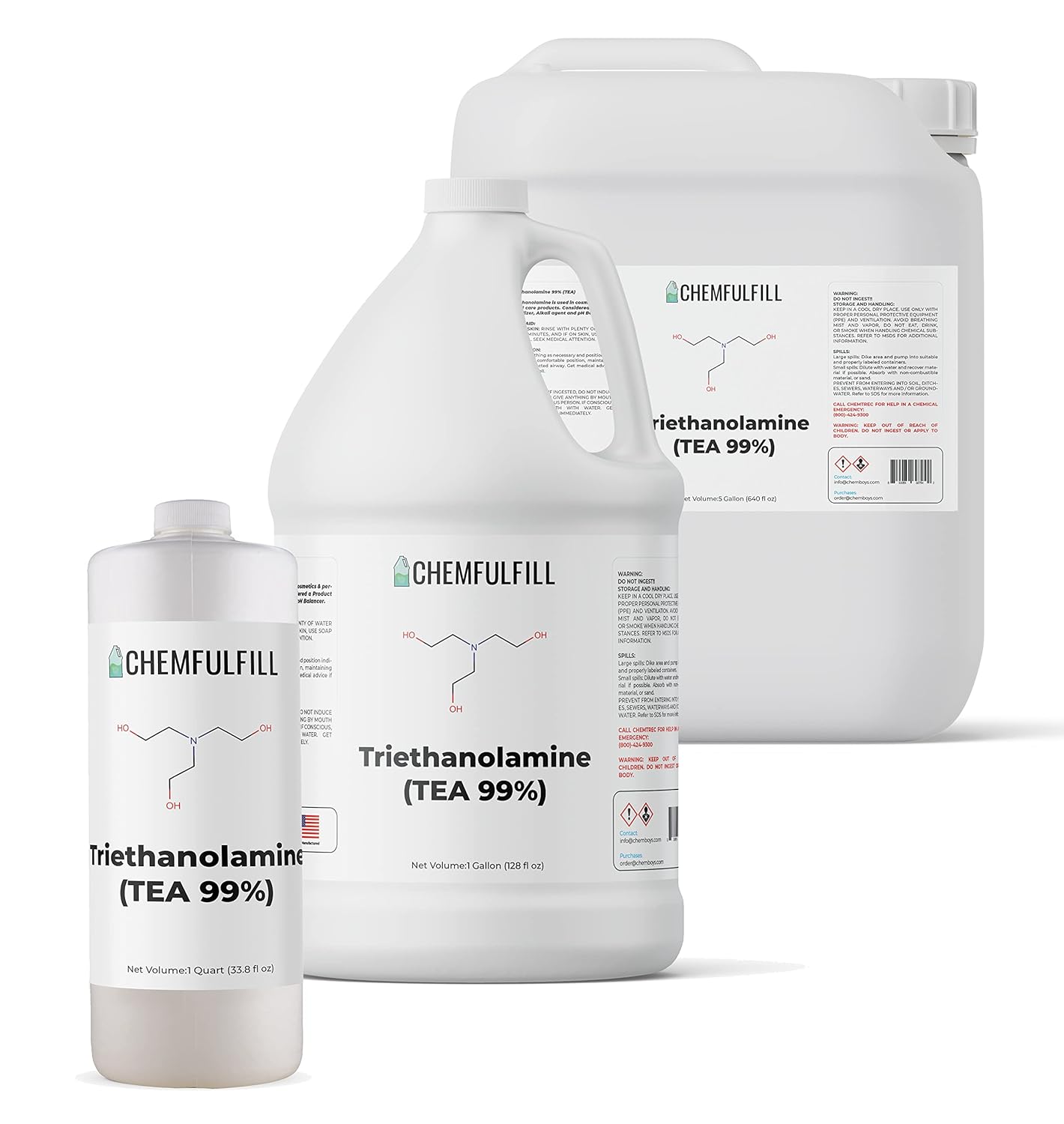
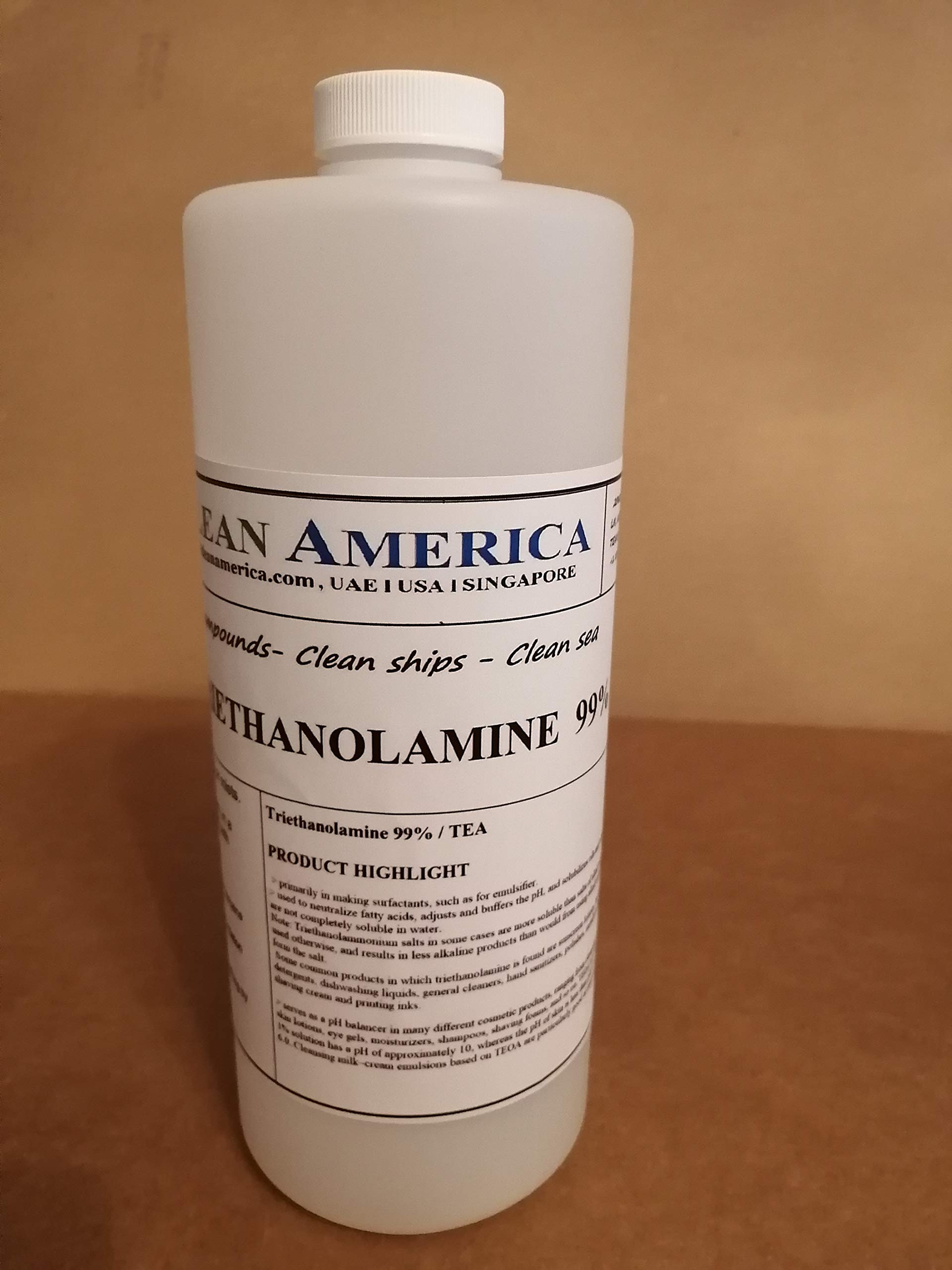

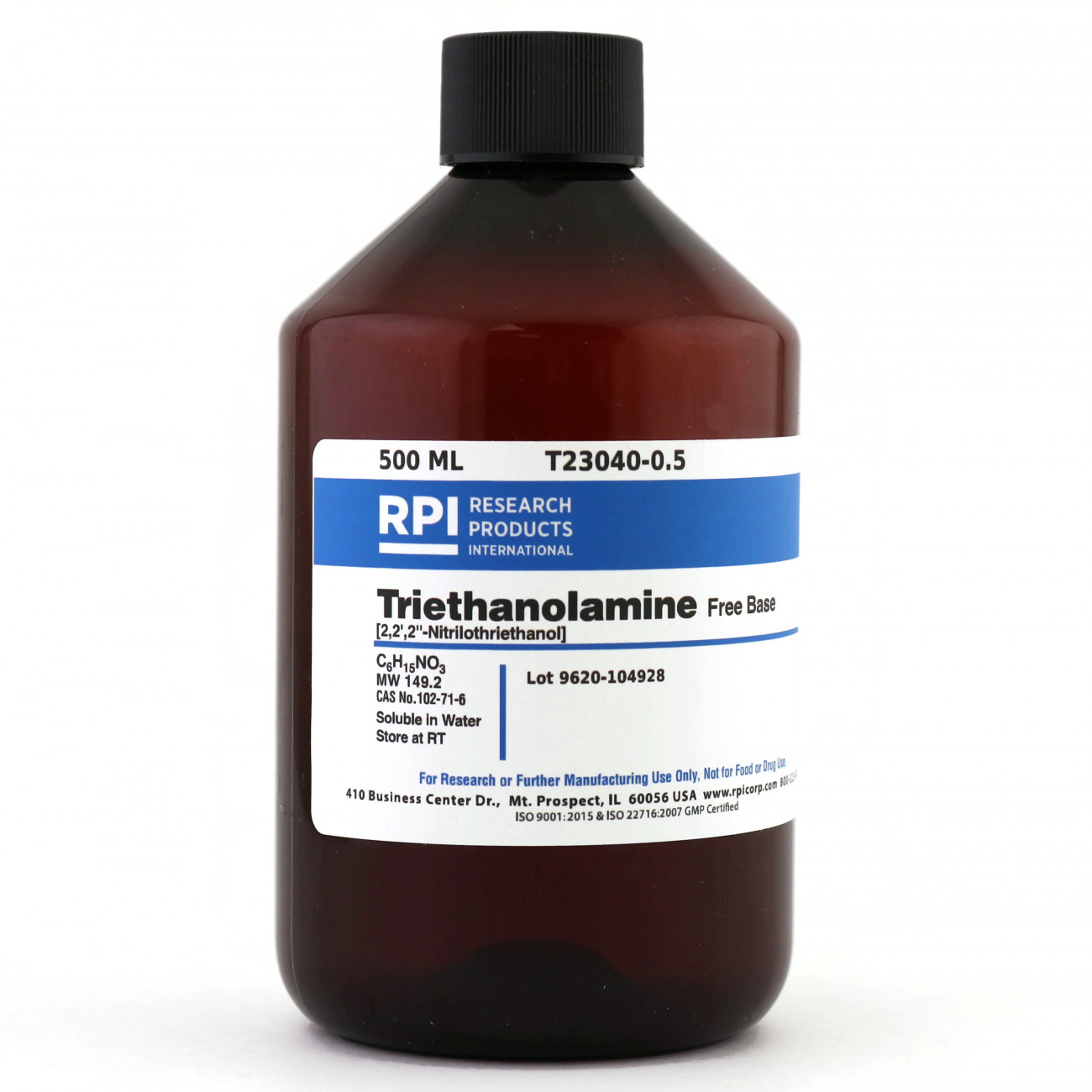
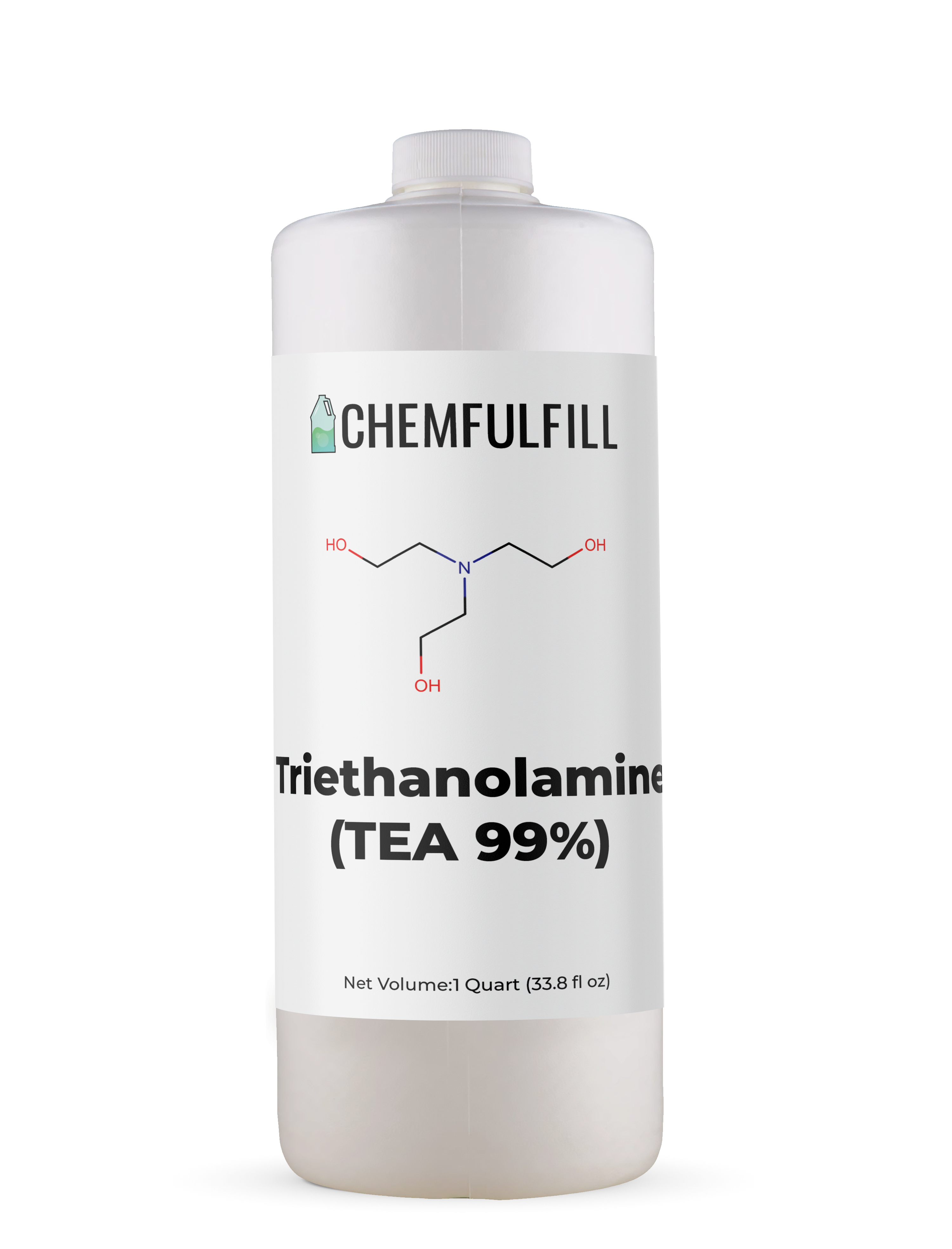



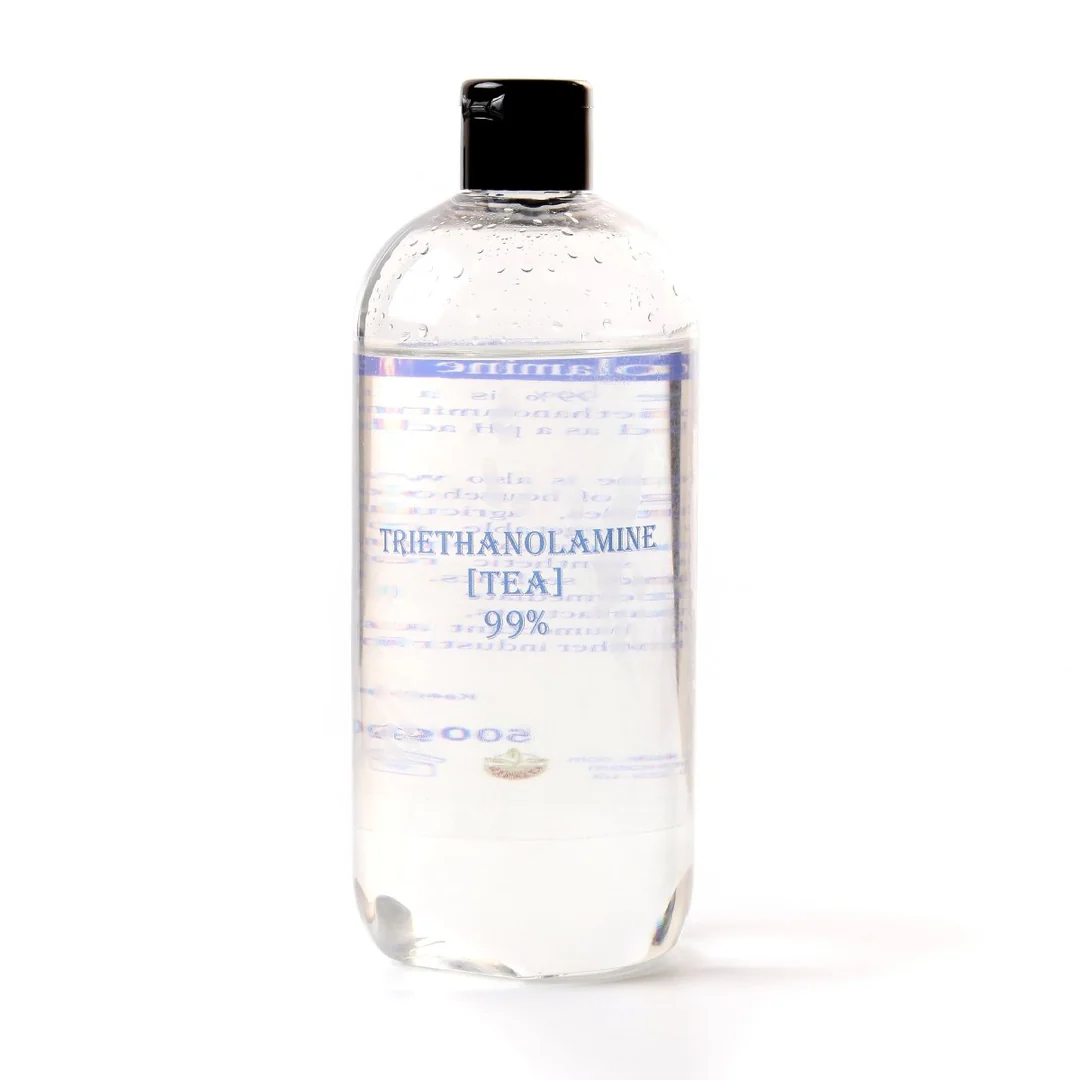





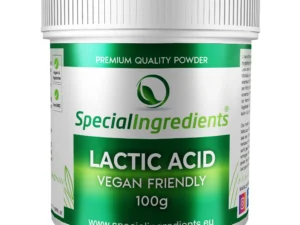
Reviews
There are no reviews yet.